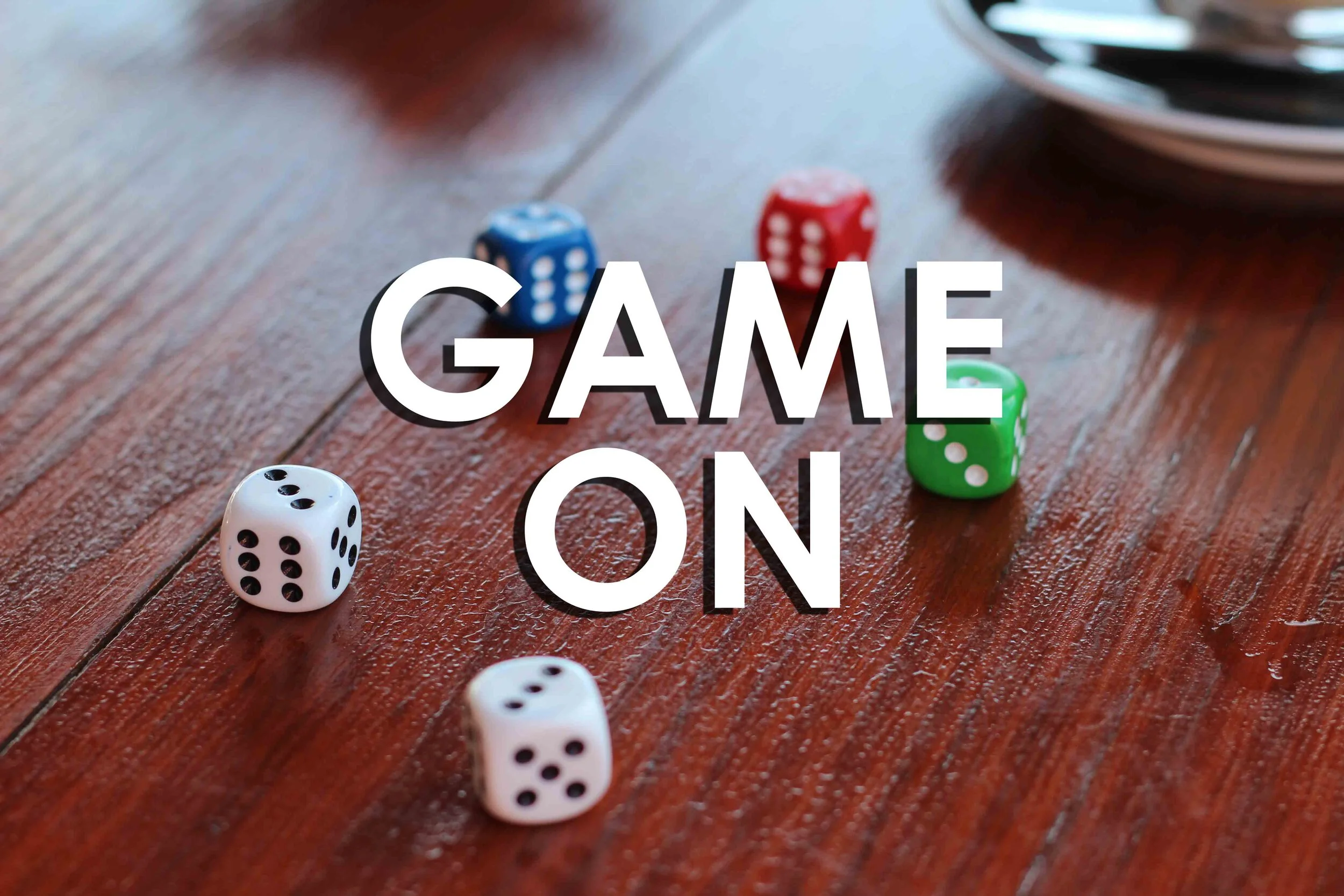Experiential Learning: GAME ON!
Experiential Learning: GAME ON!
In my last post I covered how games-based learning will be the focus of my dissertation work.
I described how games promote a student centered learning format instead of a teacher centered one. Games also allow students to learn via experience in a process called experiential learning.
This post will go into greater depth as to HOW learning in a games-based learning environment happens. It all starts with constructivism.
Constructivism. What is it?
Constructivism is a student centered approach to learning. In constructivism knowledge is created personally in a socialized process (Kolb, 1984).
This means that knowledge is not just given to students. Instead it is created in a process where the student is a part of a larger environment.
That environment includes other students, the content, and the teacher.
Constructivism is the heart of experiential learning which focuses on experience as the main force that enables others to learn.
Experiential learning is also a process. It’s a cycle that includes different characteristics like (Kolb, 1984; Kolb & Kolb, 2005):
Transitory ideas (things that can change)
Continuous development (never ending)
Navigating and resolving conflicts (overcoming challenges and problems)
Creating NEW knowledge
Experience Points!
Since experiential learning is learning by experience, we can use it to understand how people learn through games.
This is called games-based learning (Kiili, 2005) and it is what I’ll be applying to this study. In games-based learning, a student’s experience in the game environment is the primary way they learn.
In addition, things like flow state, intrinsic motivation, and self-determination provide students with environments where they can engage and learn enjoyably.
This environment needs to build on relationships. Those relationships should include other students, instructors, content, and the environment. This is an environment with many connections. It is a place where students must continually navigate challenges and find resolutions.
These relationships form the basis for games-based learning.
Get Involved!
Astin (1984) discussed how greater student involvement outside of the classroom (sports, clubs, internships) relate to greater student development (happy students).
Students can learn as much outside of the classroom as they can inside of it. Greater student involvement in one area benefits the other. Gains in the classroom equal gains outside the classroom and vice versa.
Games can develop this relationship by providing stimulating activities. When these activities are paired with learning objectives both fuel this student engagement.
I argue that co-curricular learning outside the classroom paired with experiential games-based learning can achieve greater student engagement.
This forms the basis of my study: to seek out how undergraduate students at a small liberal arts college understand and make meaning through game play. I want to know if students who create meaning from game playing become better involved students, more engaged students, and more successful students.
Takeaways
Constructivism is an educational philosophy where knowledge is created socially
Experiential learning is a type of education where students learn through experience
Games-based learning is an application of experiential learning for student development
Greater student involvement inside and outside the classroom relates to greater student development (happy students)
This article covered experiential learning in games-based learning. To learn more about how this applies to gamification check out the free course on Gamification Explained.
—
Dr. Dave Eng, EdD
Managing Partner
@davengdesign
www.universityxp.com
Cite this Article
Eng, D. (2016, June 17). Experiential Learning: GAME ON! Retrieved MONTH DATE, YEAR, from https://www.universityxp.com/blog/2016/6/17/experiential-learning-game-on
Internal Ref: UXP9MY460K70

